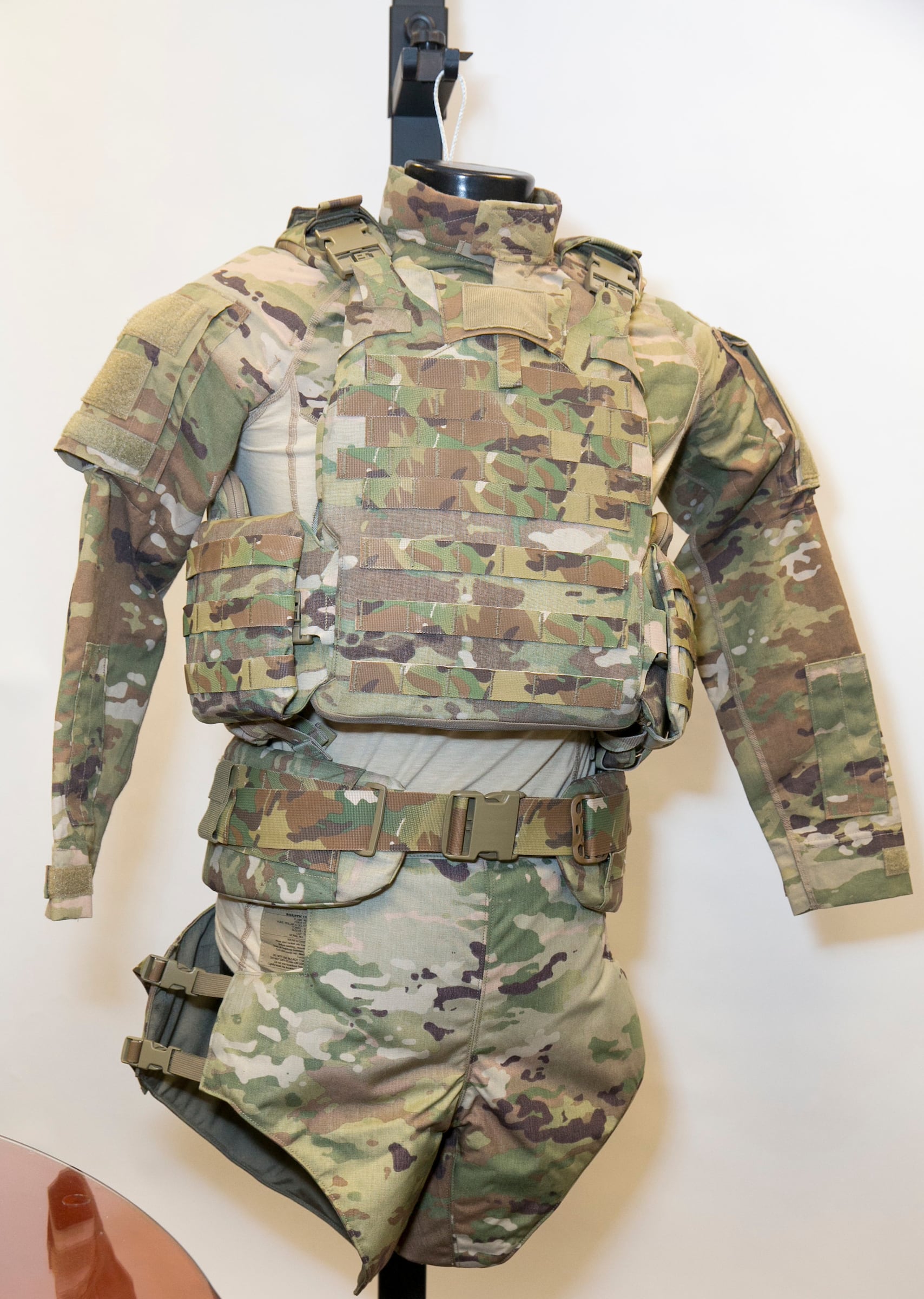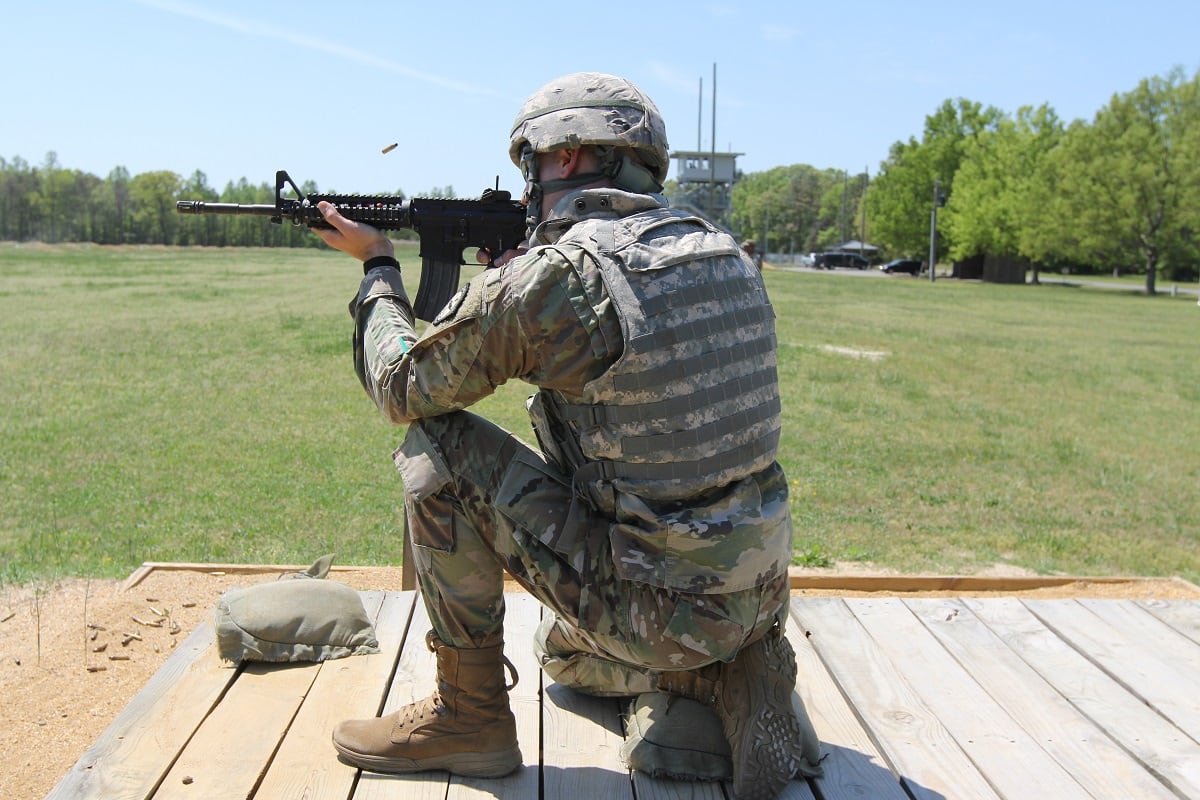Later this year the Army will test a lighter-weight body armor vest as part of its head-to-toe soldier protection system program and conduct a full test of the entire system by this fall as they prep the new gear for deploying units.
And soldiers will get new eye protection that includes a transitioning lens for sunglasses.
That’s according to the recently released annual report from the Director of Operational Test and Evaluation for the Defense Department. It provides a detailed overview of Army, Navy and Air Force programs. The Army section contains two dozen systems with reviews and recommendations.
The whole kit consists of four main subsystems — torso and extremity, vital torso, head and eye protection.
RELATED

The lighter-weight Vital Torso Protection design portion is the piece that is being tested anew sometime between April and June.
The full system will then be tested between July and September against additional threats, according to the report.
The report highlights that rather than fielding the total systems to soldiers by unit in the United States, officials are instead prioritizing deploying units.
Soldiers with the 2nd Security Force Assistance Brigade received the newest helmet, part of the system, last year.

The Integrated Helmet Protection System gives rifle-level protection; past versions could only promise handgun-level safety.
The medium-sized helmet weighs about 3 pounds, cutting about 2 percent of the weight from the previous version but adding 15 percent more protection. The IHPS also has an additional applique layer that can give soldiers even greater protection, though it does add another 2 pounds.
Last year, PEO Soldier commander Brig. Gen. Anthony Potts told Army Times that research was being conducted with a new material that is harder and lighter. If successful, that material could offer soldiers the enhanced IHPS, with applique protection, at a weight of 3 pounds instead of the 5 pounds it weighs now.
Potts also gave updates to the vest work. A team of contributors from his office, the Maneuver Center of Excellence, Special Operations Command and the Marine Corps found ways to make new design changes.
That resulted in changes that provided more mobility, lessened weight but did not reduce protection from the Modular Scalable Vest 2.0 version that has been developed as part of the total Solder Protection System, he said.
The new redesign was run through a vast classified database of shot patterns and body armor hits that’s maintained by PEO Soldier. The analysis runs the potential exposure points by the historic shot placement and wounding data.
Todd South has written about crime, courts, government and the military for multiple publications since 2004 and was named a 2014 Pulitzer finalist for a co-written project on witness intimidation. Todd is a Marine veteran of the Iraq War.





